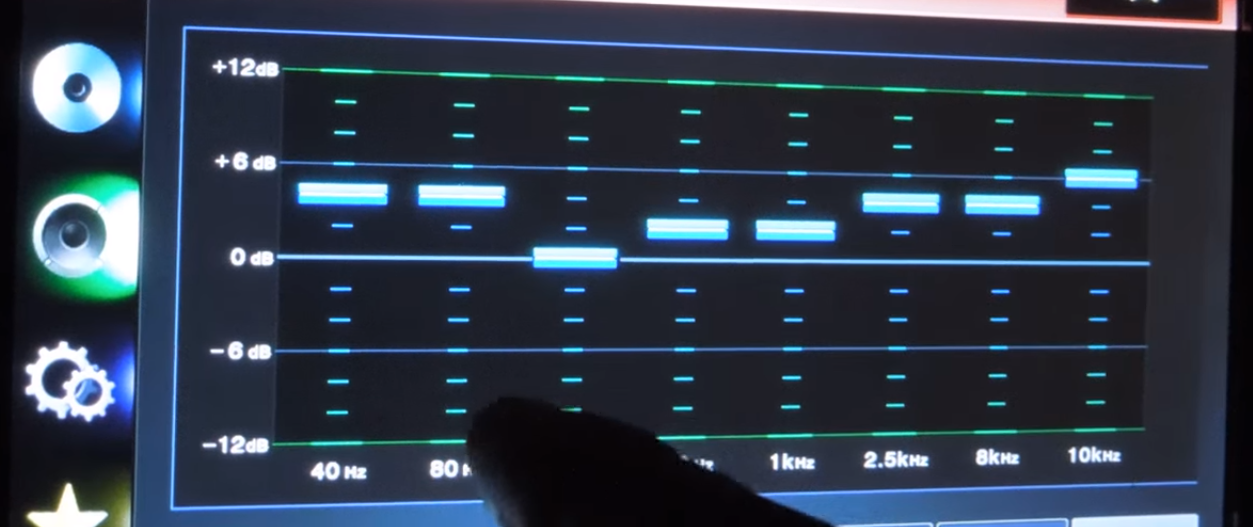

Too bad then, that they sound as poor as they do. For the money this level of fit and finish is absolutely astounding. If I were to judge on build quality alone I’d give this 7 stars. My updated review after finding and fixing the issue that caused the impression below is posted as a response to the thread.

I will not edit them out as I think it shows how small mistakes can make massive differences and completely ruin someone's experience.

Make sure you check out my complete guide to bass guitar controls as well to get the most out of your rig.- These were my initial impressions. Getting your amp settings right is only half the battle.
For a distorted tone: set the gain control medium-high, and the master volume control low-medium. For a gritty, overdriven tone: set the gain control low-medium and the master volume control low. For a clean tone: set the gain control low, and the master volume control high. It is important to adjust this before altering the volume, as the gain control feeds into the volume in an amp. Most bass amplifiers will also have a setting to control distortion, this is usually termed either gain or drive. Turning the EQ/ tone control clockwise to a higher setting will play more emphasis on the treble and less on the bass. Turning the EQ/ tone control anti-clockwise to a lower setting will play more emphasis on the bass and less on the treble. This allows you to shape the tone, causing it to sound sharper, or more mellow. On some amplifiers, the bass, mids and treble controls are combined into a single control, usually called “EQ” or “tone”. However, for most songs where the bass is not a focus, the treble setting will be set low-medium. This allows the sound of the bass guitar to cut through more, rather than blend into the background. This makes different notes to blend together more.įor songs where the bass is the focus and perhaps includes a bassline riff which is more prominent than the guitar, you will likely need a higher treble setting. Low treble settings will make the tone warmer and more mellow. This allows distinct notes to be heard more individually. High treble settings make the tone brighter, sharper and crisper. The treble control on a bass amplifier controls the upper-range frequencies. For a balanced setting, you will usually require them both to be on midway. Essentially, these allow you to control whether you want to play emphasis on the bass or the treble. Some bass amps will have the mids setting split into two controls: low-mids, and high-mids. A higher mids setting will help to thicken the tone. However, you may need to increase the mids setting if the tone sounds too thin and weak. This balance is what helps the band to sound cohesive, and ensures that certain instruments don’t overpower the overall tone. Generally, bass guitars provide the low-end frequencies, guitars provide the mid-range frequencies, and the vocalist will provide the high-range frequencies. You should avoid turning the mids too high, as this can start to interfere with the sound of the guitars. The mids setting controls the, you guessed it, mid-range frequencies. Decrease the bass setting if the tone sounds too heavy or “boomy”. Increase the bass setting if the tone sound thin. Since bass amplifiers already are designed to amplify the low-end frequencies produced by a bass guitar, the bass setting does not always need to be turned up. So bass amps need to crank the bass up? Well, not exactly. It goes without saying, this is probably the most important setting on your bass amp.







 0 kommentar(er)
0 kommentar(er)
